Warren Feeney – 8 August, 2010
Swanson has assembled the kind of pseudo mad-scientist's laboratory that a child might have constructed in a desperate attempt to put right the accidental damage caused to a well-loved conservatory while parents were out of town. The evidence from the bandaged and clamped plants she is attempting to resuscitate through being grafted to plaster fingers, glass tubes, bricks, and wires is that it is destined to fail. This rescue attempt has overlooked the incompatible properties of animal, vegetable and mineral.
Christchurch
Zina Swanson
Symptoms of Incompatibility
Essay by Aaron Lister
21 July - 29 August, 2010
A ‘rogue laboratory’ with the mystical potential for resurrection? The objects and items (glass containers, roses, clamps, bandages, cardboard boxes, wire and plaster-cast fingers) that make up Zina Swanson’s installation, Symptoms of Incompatibility at SOFA Gallery will be familiar to those who have seen her recent contribution to Ready to Roll, the survey exhibition of works by eight New Zealand artists at the City Gallery Wellington.
As a solo exhibition Symptoms of Incompatibility is a more assured accomplishment. In Wellington the stand-alone sculpture, Grafting to the neck of the root with attention to bandages and the artist’s works on paper, distracted one from the other: the bandaged and bloodied totara stump in a curious state of reconstruction and evolution alongside the artist’s elegantly ironic tribute to 19th century botanical watercolour painting. Symptoms of Incompatibility though is more resolute as a single work of art that occupies and commands the entire gallery space and as an installation that references the site itself. In SOFA the seedling bulbs of flora and fauna shown breaking through the gallery’s floor-boards may ultimately reclaim the Gothic revival building.
Or will they? Swanson has assembled the kind of pseudo mad-scientist’s laboratory that a child might have constructed in a desperate attempt to put right the accidental damage caused to a well-loved conservatory while parents were out of town. The evidence from the bandaged and clamped plants she is attempting to resuscitate through being grafted to plaster fingers, glass tubes, bricks, and wires is that it is destined to fail. This rescue attempt has overlooked the incompatible properties of animal, vegetable and mineral. However, the authority of Symptoms of Incompatibility lies not in its premise of strange experiments in an industrious alchemist’s laboratory, but in its rare moments of restraint.
A small bunch of red roses attached low to a corner wall of the gallery and the distant placement of a kind of divining rod, arching from the wall to the floor, counters the usual overly painstaking nature of Swanson’s work. In her meticulous watercolours any preoccupation with the excess of small detail is resolved by the large, white space of the artist’s paper, but in Christchurch the installation’s compulsive construction verges on the excessive, as though in danger of assuming a life of its own beyond the constraints of the artist, but still stops from being out of control.
Yet Swanson deserves the last word. Although previous works appear to celebrate the compatible union of flesh and vegetation, the nature she entraps is positioned between life and death and denied the mythologies of romanticism. The evident failure of the devices and faux surgery recognises the fiction of implicit salvation and any joining of nature and humanity, rejecting any catharsis or redemption. While last year’s installation, The risk of it all falling apart, seemed essentially Pre Raphaelite in its reverential treatment of nature, Symptoms of Incompatibility avoids the purely sentimental, offering something more interesting in its confrontational but poignant lamentation for innocence and transgression.
Warren Feeney
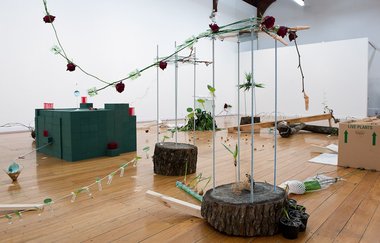
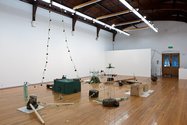
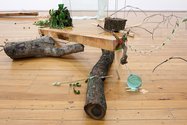
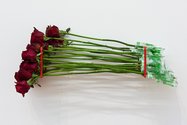
 Advertising in this column
Advertising in this column Two Rooms presents a program of residencies and projects
Two Rooms presents a program of residencies and projects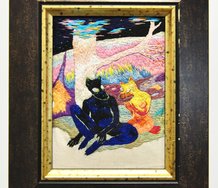
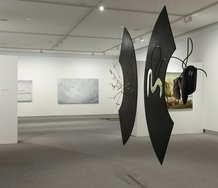
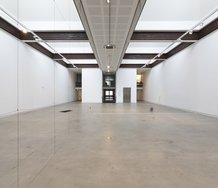

This Discussion has 0 comments.
Comment
Participate
Register to Participate.
Sign in
Sign in to an existing account.